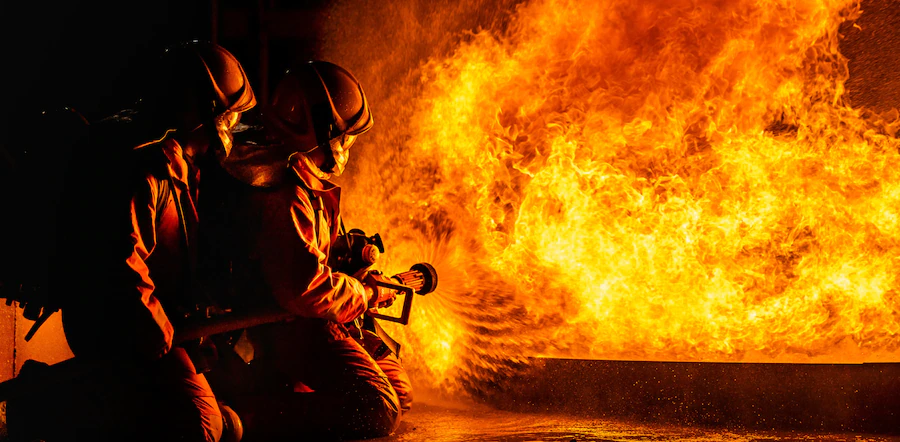We all know how fire is extremely dangerous. It can destroy buildings, injuries and loss of life. Having a fire break out in the workplace can even result in the loss of jobs, as many factories or offices destroyed by fires are never rebuilt again. One of the main ways to maintain a safe workplace and prevent fires is to enroll in fire safety training. It had been found in many fire investigations that loss caused by fire was made worse by the improper action of the workers.
With the proper training, workers will reduce fire hazards and respond fast and efficiently if a fire occurs in the vicinity. Without the appropriate training, a small fire occurrence can turn into a massive incident with devastating results.
Everyone will be at risk if there is a fire. However, some workers or employees could be at greater risk because of when or where they work. If they are not familiar with the environment they are working in or the equipment at the workplace.
Being able to recognize fire hazards
Fire safety training will start with knowing the basic properties of fire. All fires begin when heat (the ignition source) comes into contact with fuel, anything that can burn and where oxygen is also present. To help prevent fires, the goal should be to keep the ignition and the fuel apart.
How to conduct a fire safety risk assessment
Conducting a fire safety risk assessment helps you identify what your workplace should do to prevent a fire to help keep people safe. The assessment includes:
- Emergency routes and exits
- Fire detection and warning systems
- Firefighting equipment
- Removal or safe storage of dangerous substances
- Emergency fire evacuation plan
- Needs of vulnerable people
- Communication with employees and others on the premises
- Staff fire safety training
- Housekeeping Inside and Outside the workplace
- Safe Operating Practices for Hot work
- Fire protection system maintenance and inspection
- Vegetation control around the building
Conducting a fire safety risk assessment is the beginning step to identifying fire hazards. It also shows who is at risk, how prepared you are for an emergency and how effective controls are at your workplace. Employers can improve fire safety plans and eliminate or reduce any risks with information from the risk assessment. Employers will also be able to provide the proper training for workers.
Prevention of workplace fires
Fire safety training is what teaches workers what to do to prevent fires. If workers understand the best way to prevent fires and fight a fire, this can make a massive difference in creating a safer workplace.
Some tips include:
- Take a Fire Safety course that includes the handling of Fire Extinguishers
- Keeping the workplace clean. Having litter and construction debris in the environment can act as fire fuel, and clutter can block exits and emergency equipment access.
- Ensure space heaters are in good working condition, equipped with bump control and away from combustibles
- Flammable and aerosol cans should be stored in cabinets or rooms designed for this purpose. Fire and Building codes have specific legislation that applies to those products.
- Keep Flammable products on hand to a minimum.
- Smoking should only be permitted in designated areas and should be exterminated safely. There should never be smoking done in storerooms or chemical storage areas.
- Avoid using multiple inlet power plugs if you must use one with overload protection.
- Consult an electrician if a breaker trip due to overloading. It is not normal for a breaker to trip. If you reset more than once, call an electrician.
- When performing renovations or adding equipment, consult with the contractor to determine if there are sufficient electrical resources.
- After a renovation, ask an electrical inspector to inspect the work. It may cost a bit up front, but it will save you in the long term.
- Outside the building: Housekeeping many businesses have an area where the unwanted barrels and other things accumulated. This is an easy target for an arsonist to set fire to.
- Landscaping: Appropriate lawn care will reduce the chance of grass fire. Keep grass short in the fall and remove any dead trees, They are many Fire Smart tips that can be found on your local municipality webpage.

